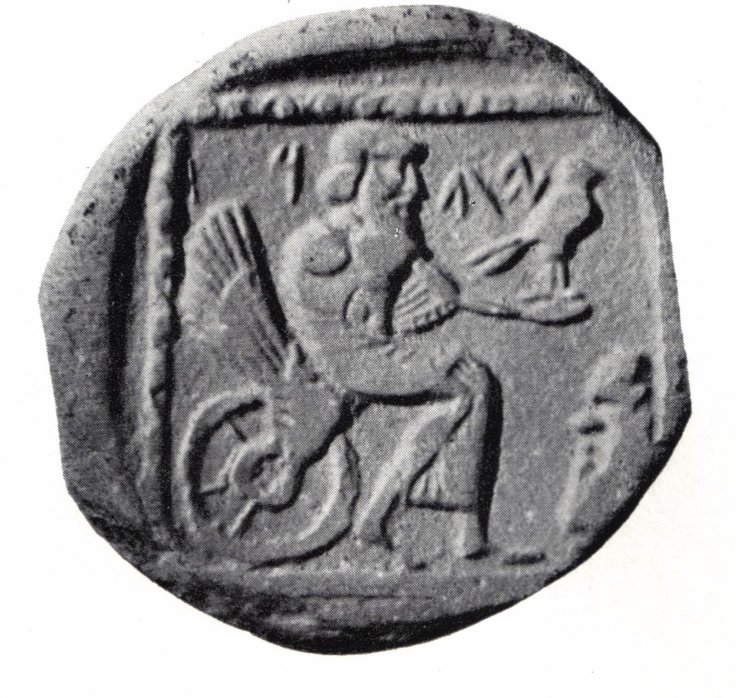A recent excavation in the ancient Kingdom of Judah, which is located near Jerusalem in Israel helped to discover several anthropomorphic male figurine heads -- dated back to 10th century BC. The similarities between these new findings indicated that all of the figurine heads depict the same.
As per a study, the figurine heads exhibit prominent eyes, ears, and noses. Their eyes have been punctured, and one has perforations on its jawline to represent a beard. It was also found that they had headdresses, as indicated by their flat tops with raised edges, and have strips of hair attached to their backs. But what is so special about them?
As per an archaeologist and Hebrew University professor Yosef Garfinkel, all of these figurine heads, measuring about 1.2 and 1.4 inches tall, show the face of Yahweh, the god of the Israelites, whose name was revealed to Moses as four Hebrew consonants. If his claim comes true, it will prove that ancient inhabitants of Israel used to make idols. The confirmation will also mean that the world has the earliest portrait of God.
Who Was Yahweh

Yahweh is known as the god of the ancient Kingdom of Israel and, later, the Kingdom of Judah. The name is composed of four Hebrew consonants (YHWH, known as the Tetragrammaton) which the prophet Moses is believed to have revealed to his followers.
As per J. Maxwell Miller and John H. Hayes, the origins of Yahwism-- historic monolatristic worship of Yahweh-- are hidden in mystery. They explained: "Even the final edited form of Genesis – II Kings [in the Bible] presents diverse views on the matter. Thus Genesis 4:16, attributed by literary critics to the so-called 'Yahwistic' source, traces the worship of Yahweh back to the earliest days of the human race, while other passages trace the revelation and worship of Yahweh back to Moses."
Other Archaeological Findings
As per Garfinkel's research, three figurine heads were recently excavated from Khirbet Qeiyafa and Tel Mozạ, from the archaeological site which is located close to the modern city of Jerusalem.
The discovery of some horse-like figurines close by from the site of Mozạ indicates that this anthropomorphic figure was a horse rider. But Garfinkel believes that it depicts an ancient deity. The archaeological findings were published in the Biblical Archaeology Review.
Going with well-known author [who is not related to this new study] Nicholas Wyatt's description of the Canaanite deity Baal, the anthropomorphic figure could represent the rival of Yahweh in the Bible, and in ancient Ugaritic texts, the character was described as the "rider of the clouds."
However, Garfinkel argues that the figure isn't Baal but, rather, Yahweh. As per some biblical texts, Yahweh is described as a rider on the clouds (e.g., Psalm 68:4), as well as a rider on a horse (e.g., Habakkuk 3:8).









